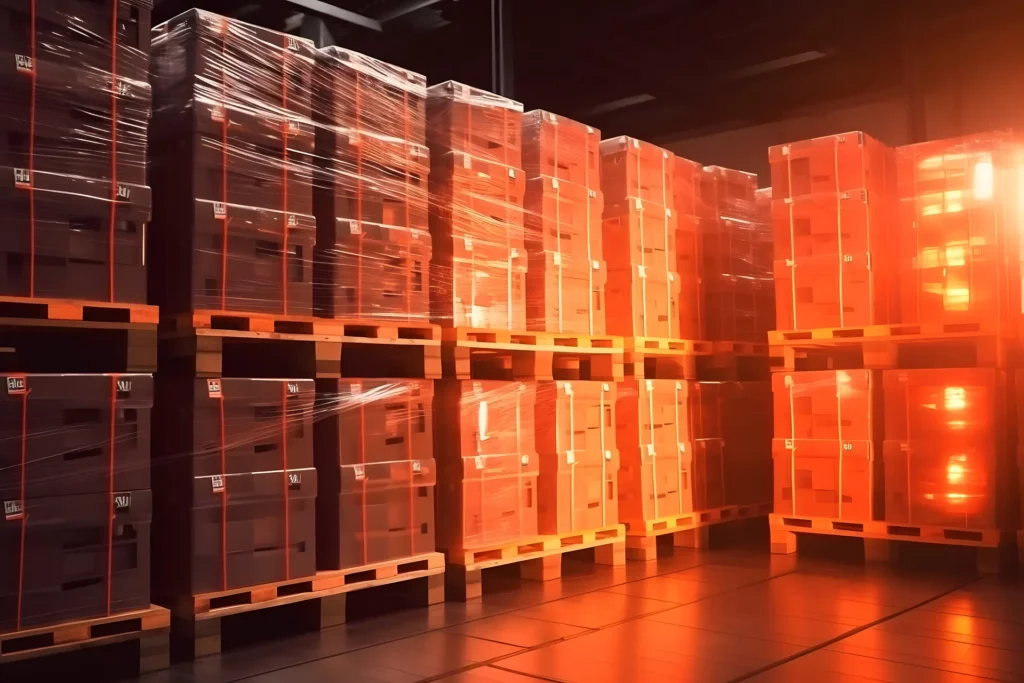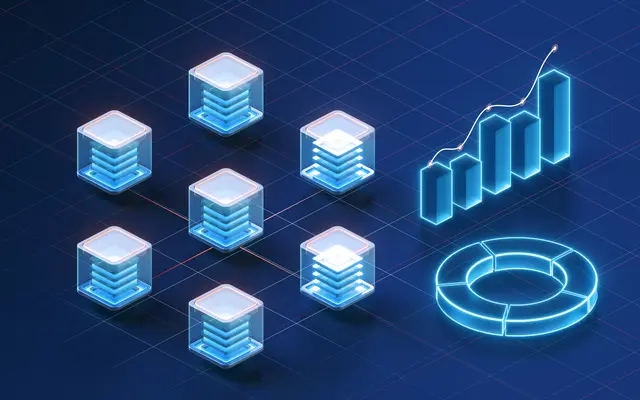The Power of Inventory Replenishment Automation: Reshaping Supply Chains with Python, AI, and the Cloud
Inventory replenishment is a critical process in the supply chain industry, ensuring that businesses have the right products in the right quantities to meet customer demand. However, manual inventory replenishment processes are often inefficient, error-prone, and can lead to stockouts or excess inventory.
Introducing Inventory Replenishment Automation
Inventory Replenishment Automation leverages the power of Python, AI, and cloud-based solutions to streamline and optimize the inventory replenishment process. By automating tasks such as demand forecasting, order generation, and supplier communication, businesses can significantly improve efficiency, reduce costs, and enhance customer satisfaction.
Benefits of Inventory Replenishment Automation
- Reduced Stockouts: Automated systems monitor inventory levels in real-time and trigger replenishment orders when stock falls below predefined thresholds, minimizing the risk of stockouts.
- Optimized Inventory Levels: AI-powered algorithms analyze historical data and demand forecasts to determine optimal replenishment quantities, ensuring that businesses have the right amount of inventory on hand to meet demand.
- Improved Supplier Relationships: Automated communication with suppliers streamlines the procurement process, reducing errors and improving supplier collaboration.

The Technological Trio: Python, AI, and the Cloud for Inventory Replenishment Automation
Python: The Powerhouse of Unattended and Attended Bots
Python is a versatile programming language that excels in developing both unattended and attended bots for inventory replenishment automation.
Unattended Bots: Python-based unattended bots can run autonomously, monitoring inventory levels in real-time and triggering replenishment orders as needed. They eliminate the need for manual intervention, ensuring 24/7 operation and reduced human error.
Attended Bots: Python also enables the creation of attended bots that assist human users in inventory management tasks. These bots can provide real-time data, automate repetitive tasks, and offer decision support, enhancing productivity and accuracy.
Cloud Platforms: The Ultimate Automation Orchestrators
Cloud platforms offer a comprehensive suite of features and capabilities that far surpass traditional RPA/workflow tools. They provide:
- Scalability: Cloud platforms can seamlessly scale to meet changing business needs, handling large volumes of data and complex automation processes.
- Flexibility: Cloud platforms offer a wide range of services, allowing businesses to customize their automation solutions to fit specific requirements.
- Integration: Cloud platforms easily integrate with other business systems, such as inventory management systems and ERPs, enabling seamless data flow and end-to-end automation.
AI: The Key to Accuracy and Edge Case Handling
AI plays a crucial role in enhancing the accuracy and robustness of inventory replenishment automation. Techniques such as:
- Image Recognition: AI can analyze images of inventory items to automate data entry and ensure accurate stock counts.
- Natural Language Processing (NLP): AI can process and understand written or spoken language, enabling automated communication with suppliers and handling complex inquiries.
- Generative AI: AI can generate realistic data and scenarios, helping to train and improve automation models, and handle edge cases more effectively.

Crafting the Inventory Replenishment Automation: A Step-by-Step Guide
Sub-Processes of Inventory Replenishment Automation
1. Demand Forecasting:
* Use Python to analyze historical sales data and seasonality trends to predict future demand.
* Integrate with cloud-based data platforms for real-time data processing and forecasting.
2. Order Generation:
* Develop Python scripts to automatically generate replenishment orders based on forecasted demand and reorder points.
* Integrate with inventory management systems to trigger orders when inventory falls below predefined thresholds.
3. Supplier Communication:
* Create Python-based bots to automate communication with suppliers for order placement, confirmation, and tracking.
* Leverage cloud-based messaging services for secure and reliable communication.
4. Data Security and Compliance:
* Implement robust encryption and access controls to protect sensitive inventory data.
* Comply with industry regulations and standards, such as GDPR and HIPAA.
Python vs. No-Code RPA/Workflow Tools
While no-code RPA/workflow tools offer ease of use, they often lack the flexibility and scalability required for complex inventory replenishment automation. Python, on the other hand, provides:
- Customization: Python allows for tailored automation solutions to meet specific business requirements.
- Integration: Python easily integrates with a wide range of systems, including inventory management systems and cloud platforms.
- Scalability: Python can handle large volumes of data and complex processes, ensuring seamless automation at scale.
Algorythum’s Approach: Beyond Pre-Built RPA Tools
Algorythum recognizes the limitations of off-the-shelf automation platforms. Our Python-based approach offers:
- Tailor-made Solutions: We craft custom automation solutions that align precisely with your unique business needs.
- Enhanced Performance: Python’s efficiency and scalability ensure optimal performance, minimizing disruptions and maximizing ROI.
- Future-Proof Automation: Our Python-based solutions are adaptable and scalable, allowing you to easily adjust to changing business requirements and industry trends.

The Future of Inventory Replenishment Automation
The future of inventory replenishment automation is brimming with possibilities. By leveraging emerging technologies, businesses can further enhance their automation capabilities and drive even greater efficiency and accuracy.
1. Integration with IoT and Edge Computing:
Connecting inventory replenishment systems to IoT devices and edge computing platforms can provide real-time visibility into inventory levels and automate replenishment based on actual usage data.
2. Advanced Analytics and Machine Learning:
Employing advanced analytics and machine learning algorithms can optimize demand forecasting and replenishment quantities, taking into account factors such as weather patterns, customer behavior, and supply chain disruptions.
3. Blockchain for Secure and Transparent Supply Chains:
Integrating blockchain technology can enhance the security and transparency of inventory replenishment processes, ensuring accurate tracking of goods and reducing the risk of fraud.
Subscribe to Algorythum
Stay ahead of the curve in inventory replenishment automation by subscribing to our blog. We provide valuable insights, industry-specific automation use cases, and updates on the latest technologies.
Contact Us for a Free Feasibility and Cost Estimate
Let’s explore how Algorythum can craft a customized inventory replenishment automation solution tailored to your unique business needs. Contact our team today for a free feasibility assessment and cost estimate. Together, we can unlock the full potential of automation and drive your supply chain to new heights of efficiency and profitability.

Algorythum – Your Partner in Automations and Beyond
At Algorythum, we specialize in crafting custom RPA solutions with Python, specifically tailored to your industry. We break free from the limitations of off-the-shelf tools, offering:
- A team of Automation & DevSecOps Experts: Deeply experienced in building scalable and efficient automation solutions for various businesses in all industries.
- Reduced Automation Maintenance Costs: Our code is clear, maintainable, and minimizes future upkeep expenses (up to 90% reduction compared to platforms).
- Future-Proof Solutions: You own the code, ensuring flexibility and adaptability as your processes and regulations evolve.









